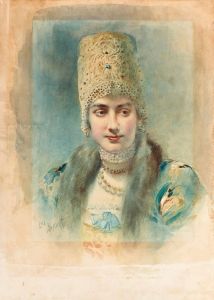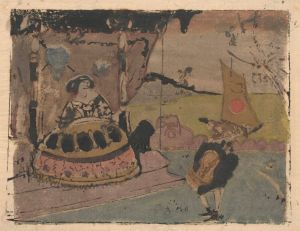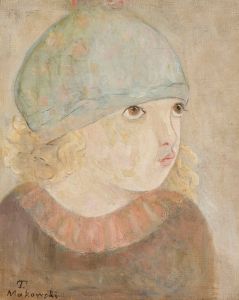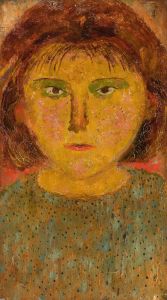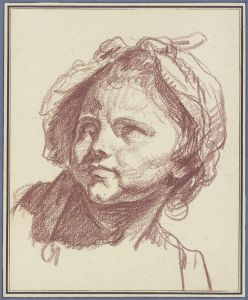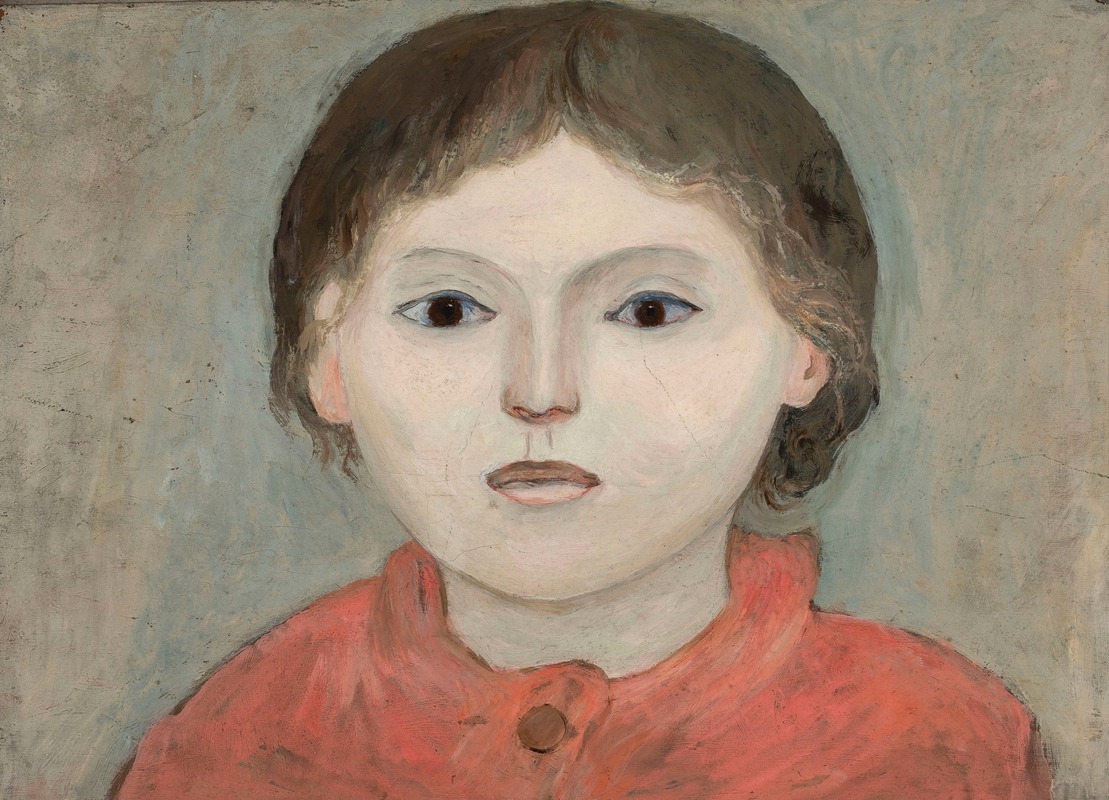
Dziewczynka w pomarańczowej sukni
A hand-painted replica of Tadeusz Makowski’s masterpiece Dziewczynka w pomarańczowej sukni, meticulously crafted by professional artists to capture the true essence of the original. Each piece is created with museum-quality canvas and rare mineral pigments, carefully painted by experienced artists with delicate brushstrokes and rich, layered colors to perfectly recreate the texture of the original artwork. Unlike machine-printed reproductions, this hand-painted version brings the painting to life, infused with the artist’s emotions and skill in every stroke. Whether for personal collection or home decoration, it instantly elevates the artistic atmosphere of any space.
Tadeusz Makowski was a Polish painter known for his unique style that combined elements of folk art, symbolism, and modernism. One of his notable works is "Dziewczynka w pomarańczowej sukni" (translated as "Girl in an Orange Dress"). This painting is a fine example of Makowski's ability to capture the innocence and simplicity of childhood, a theme that frequently appeared in his work.
Makowski was born on January 29, 1882, in Oświęcim, Poland. He initially studied classical philology at the Jagiellonian University in Kraków before pursuing art at the Academy of Fine Arts in Kraków. His early work was influenced by the Young Poland movement, which was characterized by a focus on national identity and a return to folk traditions. In 1908, Makowski moved to Paris, where he was exposed to various avant-garde movements, including Cubism, which significantly influenced his artistic development.
"Dziewczynka w pomarańczowej sukni" is believed to have been painted during Makowski's mature period, when he had developed a distinctive style that blended his Polish roots with the modernist influences he encountered in Paris. The painting depicts a young girl wearing a vibrant orange dress, set against a simple, muted background. The use of color is striking, with the orange dress serving as the focal point of the composition. Makowski's brushwork is characterized by its simplicity and clarity, reflecting his interest in capturing the essence of his subjects rather than focusing on intricate details.
The subject of the painting, a young girl, is rendered with a sense of innocence and purity. Makowski often depicted children in his work, viewing them as symbols of uncorrupted humanity. His portrayal of children is not sentimental but rather imbued with a sense of dignity and introspection. In "Dziewczynka w pomarańczowej sukni," the girl's expression is calm and contemplative, inviting the viewer to engage with her on a deeper level.
Makowski's work is often associated with the School of Paris, a group of international artists who lived and worked in the French capital during the early 20th century. Despite the influence of contemporary movements, Makowski maintained a strong connection to his Polish heritage, which is evident in his choice of subjects and his stylistic approach. His paintings often incorporate elements of Polish folk art, such as simplified forms and a focus on everyday life.
Throughout his career, Makowski exhibited his work in various European cities, gaining recognition for his unique artistic vision. He remained in France for the rest of his life, passing away on November 1, 1932, in Paris. Today, his works are held in numerous collections, including the National Museum in Warsaw and the Musée National d'Art Moderne in Paris.
"Dziewczynka w pomarańczowej sukni" exemplifies Tadeusz Makowski's ability to blend modernist techniques with traditional themes, creating a timeless piece that continues to resonate with audiences. The painting is a testament to Makowski's skill in capturing the essence of childhood and his contribution to the development of modern art in the early 20th century.






